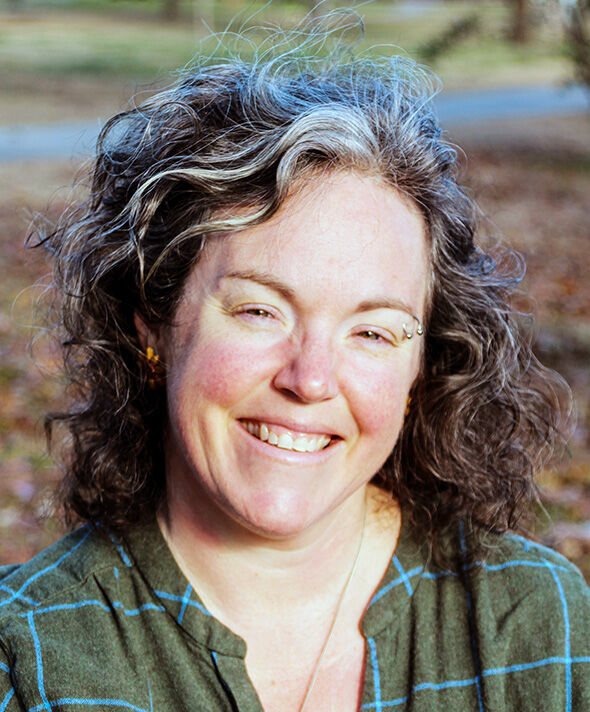MINDFULNESS: The process of finding balance
Published 8:33 am Tuesday, August 20, 2024

- Liz Havey holds 500 hour certified yoga instructor and Ayurvedic nutritional consultant certificates and owns and teaches at Soul Rebellion Yoga.
Every day we are presented with challenges that have the potential to undo us.
Trending
And every day we find ways to move through these difficulties, one way or another. Often, we slog along and choose coping mechanisms that may do more harm than good in the long run — distracting ourselves with busyness, shopping, intoxicants or any number of other numbing vices we have found in our short time on this planet. While these diversions may provide some semblance of comfort in the moment, they often leave us with larger problems and do little to provide us the tools and resources we need to break the stressful patterns. And, there is another way. It takes practice. Lots and lots of practice. And more often than not, we will get it wrong, but if we keep trying, it will start to get easier. It will start to feel more natural.
We will start to find balance.
Yoga provides an abundance of resources in our every days lives. Yoga as a practice on the mat is not for everyone, least of all the yoga we see in the media where super fit, gorgeous people contort their bodies into bizarre and complicated positions. However, I would argue that this is not yoga, but performance much like you would see in the circus or the theater, which is about the most opposite of a yoga practice you can find. Rather, yoga teaches us to know ourselves inside and out, to unite the body, mind and heart, to find balance within ourselves, and to the point of our current topic, to find the ease within the discomfort.
Sthira and Sukha are complementary concepts that appear frequently in yogic texts and provide a scaffolding for maneuvering through some of life’s most difficult moments both on and off the mat. Sthira is stability — our root, our foundation, the ability to stand and be firm. These are the practices we have in place that anchor us when things become too much.
For me, this is the practice of breathwork (pranayama) and movement on my mat (asanas). For you, other practices may speak more deeply to you — like meditation or walking, creating art or music.
Sthira allows us to know ourselves — know our needs, know what fulfills us — which allows us to have confidence to pursue those needs and desires. Meanwhile, Sukha is openness — our softness, gentleness, the ability to be vulnerable. Sthira is a practice of allowing emotion anddiscomfort to flow within us, knowing that it is only temporary, knowing that it is a guide to help keep us on the right path.
Trending
When applied together, the foundation that Sthira provides combined with the openness of Sukha, we can find gentle awareness and presence of mind to move through whatever difficulties we have at the moment. This does not mean we never have big emotions. This does not mean that we never (over)react. This does not mean that we lay down like a doormat allowing life and people to wash over us, take advantage of us. Rather, it means that we give ourselves the space and the time we need in order to fully process the current hindrance in our path and to assess what action we can take that will best keep us on the path we desire, the one we are meant to pursue that allows us to live our lives in the fullest expression of ourselves.
We engage in our foundational practices that allow us to ground and root down, remembering what it is that is truly most important and then allow ourselves to open up to the vulnerability of the possibilities ahead so that we can act from a place of love rather than a place of ego and allow ourselves the opportunity to unfold the situation one step at a time rather than forcing any particular outcome or conclusion.
I write this all with the greatest love for you. This is a process. This is a challenge in and of itself.
It is a practice I engage in daily and still fail at more often than I would like. However, when I try to follow this process (and even when, perhaps especially when, I fail) I feel this glowing warmth inside my heart that reminds me why I keep trying, why finding ease within the discomfort is so rewarding.
I would love to know your thoughts on my column. Or if you have topic requests or ideas, please reach out to me at Liz@SoulRebellionYoga.com .
—Liz Havey holds 500 hour certified yoga instructor and Ayurvedic nutritional consultant certificates and owns and teaches at Soul Rebellion Yoga. You can learn more about her background and teaching at SoulRebellionYoga.com





